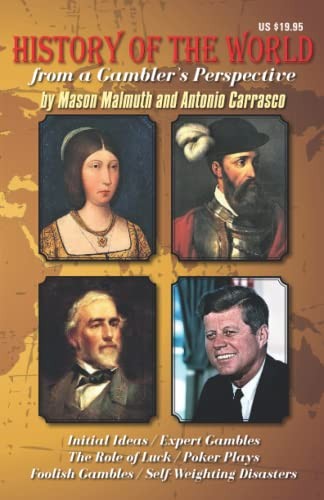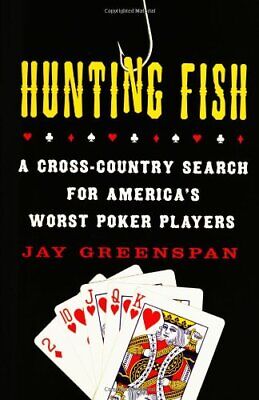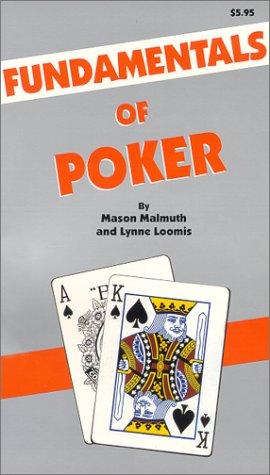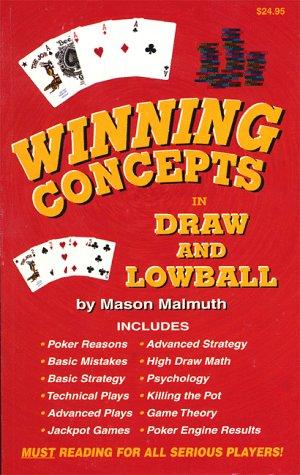A History of the World from a Gambler’s Perspective
Based on The Cover
Gambling is an activity that many of us engage in, whether it’s a trip to a casino or a home game of poker. However, gambling, or aspects of it, can be found in many unexpected places, including history. This book revisits historical moments where gambling played a crucial role. First, it defines exactly what gambling is and explain why both luck and skill (or the lack thereof) are important. It also introduce the concept of non-self-weighting strategies, which happen to be the optimal way to gamble. Next, it explores historical events where significant gambles were made, sometimes with positive outcomes and sometimes with negative ones. It uncovers numerous instances where aspects of gambling influenced the course of history. Specifically, It examines how poor Goliath never stood a chance, how Hernan Cortes was the luckiest man who ever lived, and how the Spanish Armada employed the wrong strategy. It shows how Confederate General Braxton Bragg demonstrated that it is better to be lucky than good, and how Union General William T. Sherman understood the importance of poker. How Wyatt Earp dealt with troublemakers, how middleweight champion Stanley Ketchel was flattened by a Jack Johnson punch, and how Winston Churchill gave the English a fighting chance in World War II. It also explores how Benito Mussolini was what knowledgeable gamblers would call a “live one,” how Leon Trotsky saved Soviet Russia, and how a rainstorm may have saved the United States



